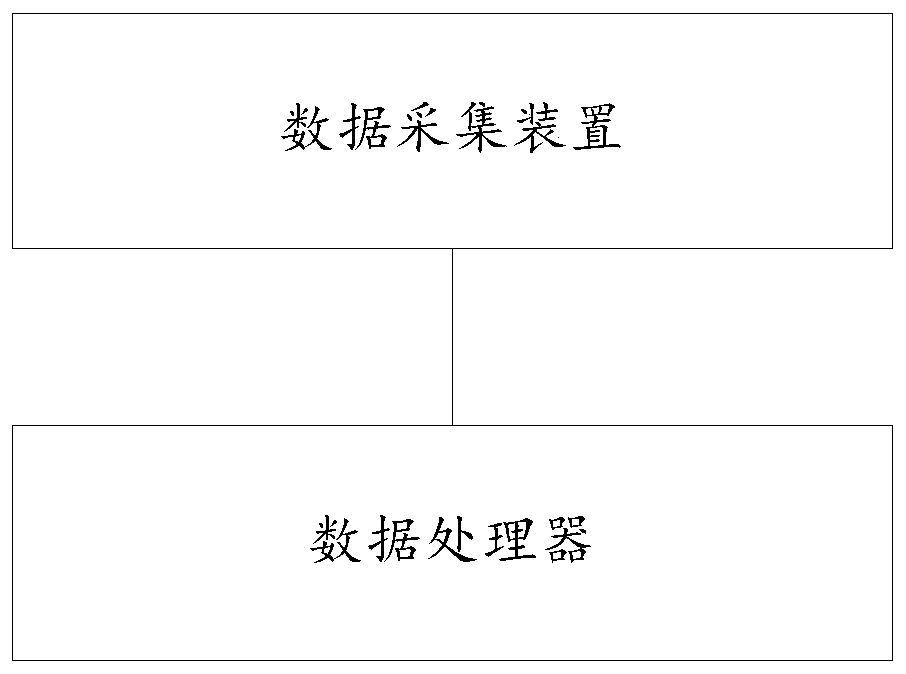High-speed service area crowd density estimation system based on Wi-Fi data
A technology of crowd density and service area, which is applied in the field of crowd density estimation system in high-speed service area, can solve the problems that the overall accuracy needs to be improved and the density estimation is not comprehensive enough
- Summary
- Abstract
- Description
- Claims
- Application Information
AI Technical Summary
Problems solved by technology
Method used
Image
Examples
Embodiment 1
[0047] The Wi-Fi data of this embodiment:
[0048] The coverage of wireless networks is getting wider and wider. The main advantage of Wi-Fi is that it does not require wiring and is not limited by wiring conditions. WIFI is a wireless network composed of AP (Access Point) and wireless network card. AP is generally called a network bridge or access point. It is used as a bridge between a traditional wired LAN and a wireless LAN. In addition to the connection time, the Wi-Fi data field also records the connected AP. In the service area, multiple Wi-Fi access points (APs) are generally installed in multiple locations for use by nearby users, such as toilets, restaurants, and supermarkets. Usually, users will connect to different APs when they are in different functional areas of the service area, so that the Wi-Fi data will record the user's behavior track in the service area. Generally speaking, the Wi-Fi data in the service area has the following fields: user ID, service area...
Embodiment 2
[0133] This embodiment provides a computer-readable storage medium, on which a computer program is stored, and when the program is executed by a processor, the following steps are implemented:
[0134] Collect geographical location-related information and Wi-Fi data of each service area; the Wi-Fi data includes the number of people connected to Wi-Fi in each hour interval of each service area, the total upload traffic, total download traffic, and user traffic of each service area. The average time and number of APs connected to Wi-Fi each time;
[0135] Use the regression model to estimate the number of people in the service area; the independent variable of the regression model is the number of people connected to Wi-Fi in each hour interval of each service area, and the dependent variable is the number of people in the corresponding service area; the slope of the independent variable is the reciprocal of the willingness to connect, and the willingness to connect is determined...
Embodiment 3
[0140] This embodiment provides a computer terminal, which includes a memory, a processor, and a computer program stored on the memory and operable on the processor. When the processor executes the program, the following steps are implemented:
[0141] Collect geographical location-related information and Wi-Fi data of each service area; the Wi-Fi data includes the number of people connected to Wi-Fi in each hour interval of each service area, the total upload traffic, total download traffic, and user traffic of each service area. The average time and number of APs connected to Wi-Fi each time;
[0142] Use the regression model to estimate the number of people in the service area; the independent variable of the regression model is the number of people connected to Wi-Fi in each hour interval of each service area, and the dependent variable is the number of people in the corresponding service area; the slope of the independent variable is the reciprocal of the willingness to co...
PUM
 Login to View More
Login to View More Abstract
Description
Claims
Application Information
 Login to View More
Login to View More - R&D
- Intellectual Property
- Life Sciences
- Materials
- Tech Scout
- Unparalleled Data Quality
- Higher Quality Content
- 60% Fewer Hallucinations
Browse by: Latest US Patents, China's latest patents, Technical Efficacy Thesaurus, Application Domain, Technology Topic, Popular Technical Reports.
© 2025 PatSnap. All rights reserved.Legal|Privacy policy|Modern Slavery Act Transparency Statement|Sitemap|About US| Contact US: help@patsnap.com



